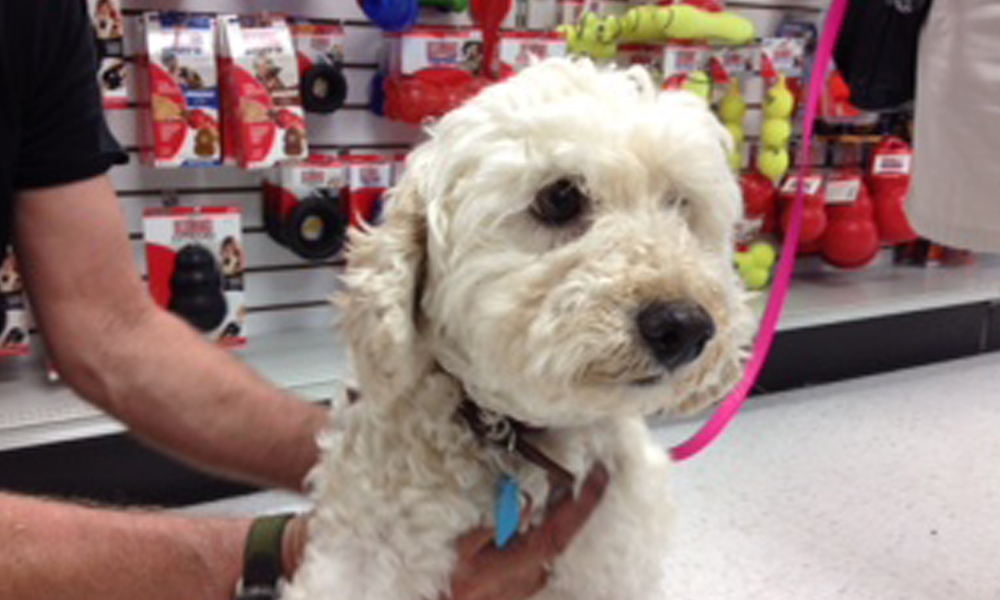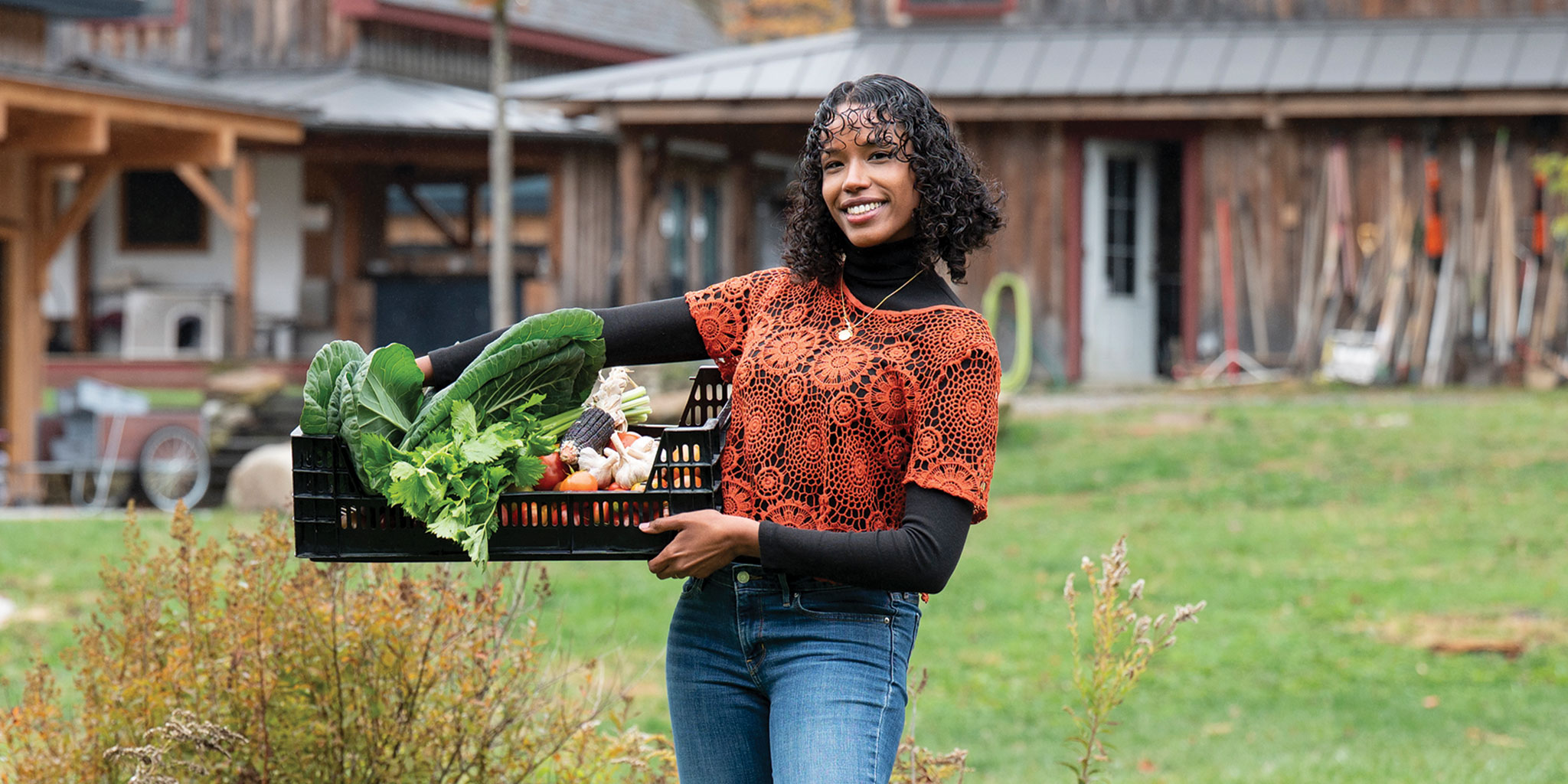Ten years ago, we made a 10-hour drive that was full of anticipation. It was our first chance to help puppy mill dogs directly. We drove across New York State and then to the town of Alida in western Ohio to meet a very special person who rescues dogs from about-to-be-destroyed puppy mills.
We arrived to absolute horror: 20 dogs crammed into carriers, left there for who knows how many hours. A few had had their bones broken or joints dislocated in order to make them fit into carriers that were too small. They were covered in feces and urine, and many had never been groomed. We couldn’t even tell the gender or breed of some of them. We found ears that smelled rancid with infection, teeth falling out (or no teeth), and splayed feet from standing in cages their entire lives. All the females had mammary tumors from having so many litters, and eyes that were encrusted with hair. Some were blind or going blind. They were frightened and confused. And this was considered a “good” puppy mill rescue compared to others.
As we drove back to New York, our eyes burned from the smell of urine. How could they have lived like this? We didn’t even know the color of some of the dogs because of the filth attached to their long hair. The strangest thing about the drive back to Albany? They never made a peep. They were so quiet, almost like they knew something big was happening in their lives and didn’t know what to think of it.
As soon as we got them unloaded into a safe area, some started wagging their tails, some just stood there not knowing what to do, while others cowered in a corner. We stood, watched and cried. They were free, but so much damage had been done, both physically and mentally. Time helped. It ended up taking months and in some cases more than a year, but they were brought back to health and all found homes. The physical stuff we were able to fix, but the mental and psychological damage is much more difficult, and in some cases stayed with them forever. And these were the lucky ones.

There are more than 10,000 puppy mills in this country and an estimated 500,000 dogs that are used for breeding. They live their entire lives in cages, never able to run outside on the grass. Then their puppies are taken from them and transported (by a middle man) all over the country. The puppies travel thousands of miles in the back of a truck, scared, sick and with little ventilation.
That is why I can’t walk by a pet store without my blood boiling. Ninety percent of puppies at pet stores come from puppy mills or what they call “high-volume kennels.” The store employees will tell you something different—that the dogs have great bloodlines, they’re healthy, they’re not from mills. Don’t believe them. Thankfully, last year, New York senator Michael Gianaris introduced Bill S1130, which prohibits the sale of dogs, cats and rabbits by retail pet shops in our state. The bill is currently with the senate’s agriculture committee.
Until that bill becomes a law, I ask you, please do your research before buying a puppy. If you need a purebred dog, find a local, reputable breeder that’s not in it just for the money. And if you see a cute puppy in a store window, please remember what is really behind those puppy eyes. Adopt, don’t shop.
Steve Caporizzo is NEWS10 ABC’s chief meteorologist and host of Pet Connection, a news segment that has raised more than $1.3 million for pet charities and helped more than 30,000 orphaned pets find homes.







